If you think that your window is nothing but just a window, think again! Your window can be a work of art in itself—by experimenting with different kinds of window glass designs, you can add beauty and added functionality to your windows. What are the types of window glass design you can use in your home? Here’s the lowdown, to get you thinking, and help you make informed material choices!
Types of Glass
Clear Float Glass
Clear float glass, the most commonly used type of glass for windows and doors, is a smooth and distortion-free glass that is transparent and provides a crystal-clear view to the other side. Float glass of 4 to 8 mm thickness is well suited for use in most doors and windows. While glass sheets are commonly available in sizes of 8 feet by 4 feet, custom-made larger sizes are also available.
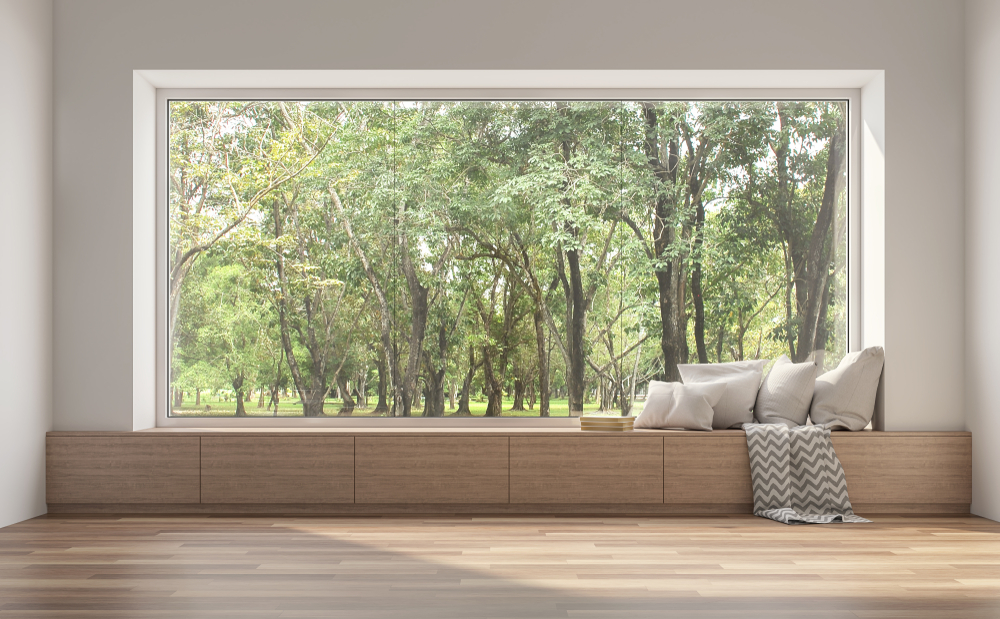
Coloured Glass
Coloured glass is plain glass that has been coloured by adding metallic salts during its manufacture, and is available in smooth and patterned finishes. When used in mullioned windows, like in the image below, it lets through beautiful slivers of coloured light.
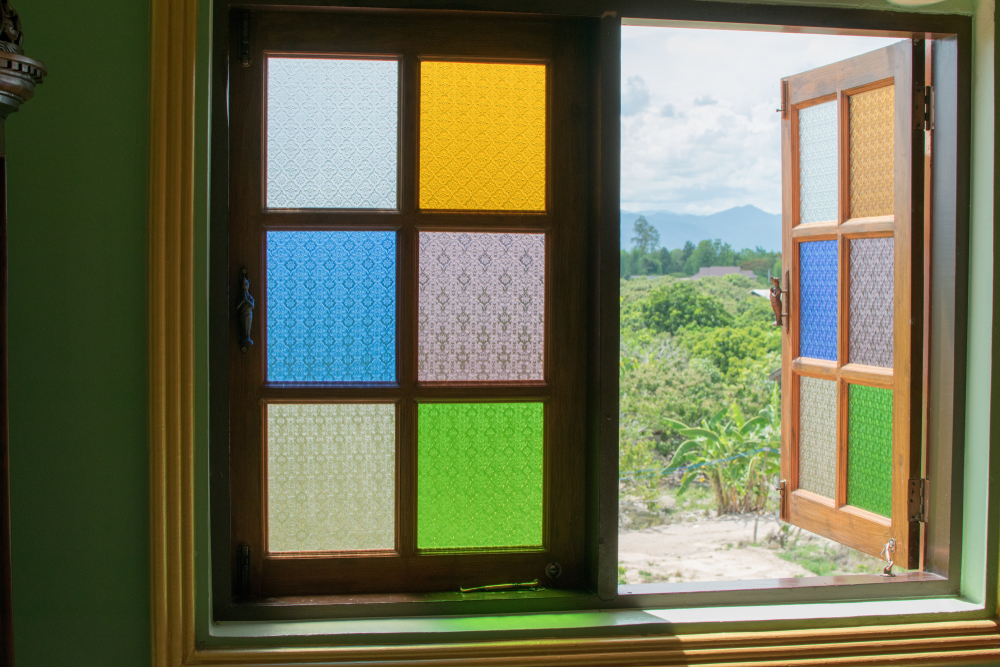
Tinted Glass
Tinted glass is lightly coloured glass that reduces the transmission of solar energy, and is available in colours like grey, black, blue, bronze and so on. It helps to keep out harsh sunlight and keeps the interior of the room cool. As it is coloured, it changes the perception of colours seen through it; for instance, a leaf viewed through a grey glass will not appear green, but will be a darker shade.

Toughened Glass
Toughened glass has superior strength as compared to float glass. It is a popular choice for table tops, glass partitions, balconies and so on, where safety is an important consideration. Toughened glass breaks into small pieces without sharp edges and hence is used in automobiles as well.
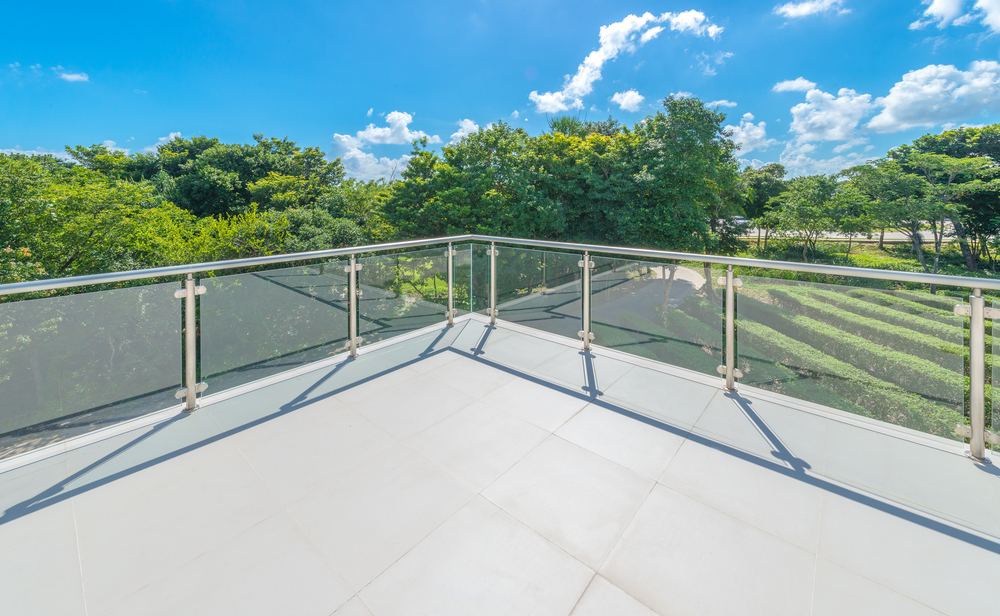
Designer Glass
Fancy designs can be etched and printed on glass, and can be coloured by expert artists using acrylic colours to give the appearance of stained or patterned glass. Here, the bathroom window uses a pane of glass with a floral pattern that is etched and coloured, lending a translucent and patterned effect.
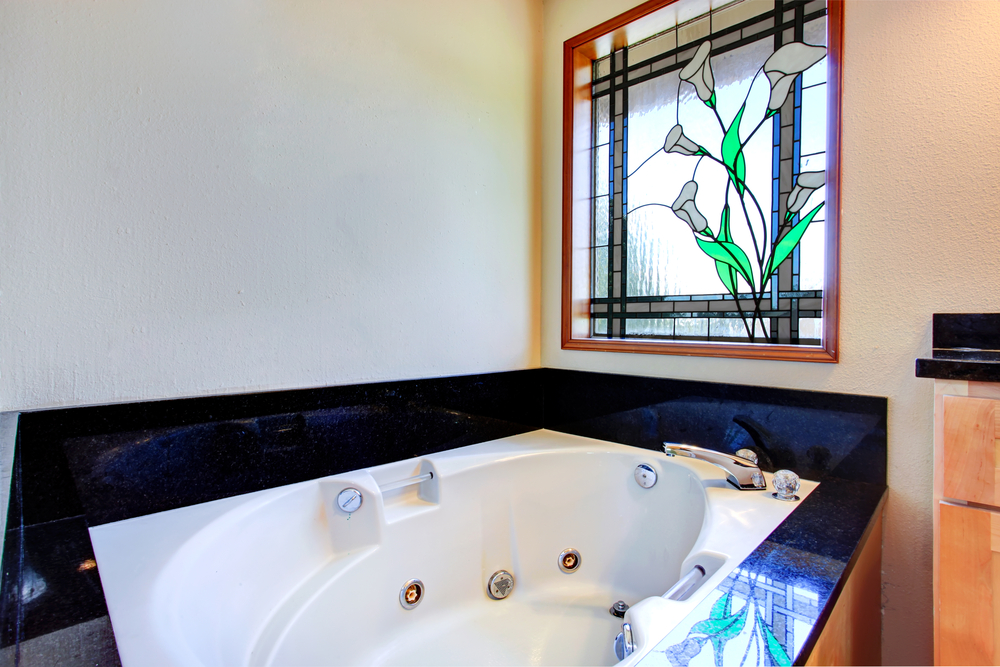
Stained Glass
Highly decorative glass that is created by setting tiny bits of coloured glass in a lead framework, stained glass results in beautifully intricate artwork. It takes considerable time, effort and expertise and is hence very expensive. Stained glass is typically used for church windows. Here, this lovely Tiffany lamp is made of stained glass and throws a pool of coloured light all around.
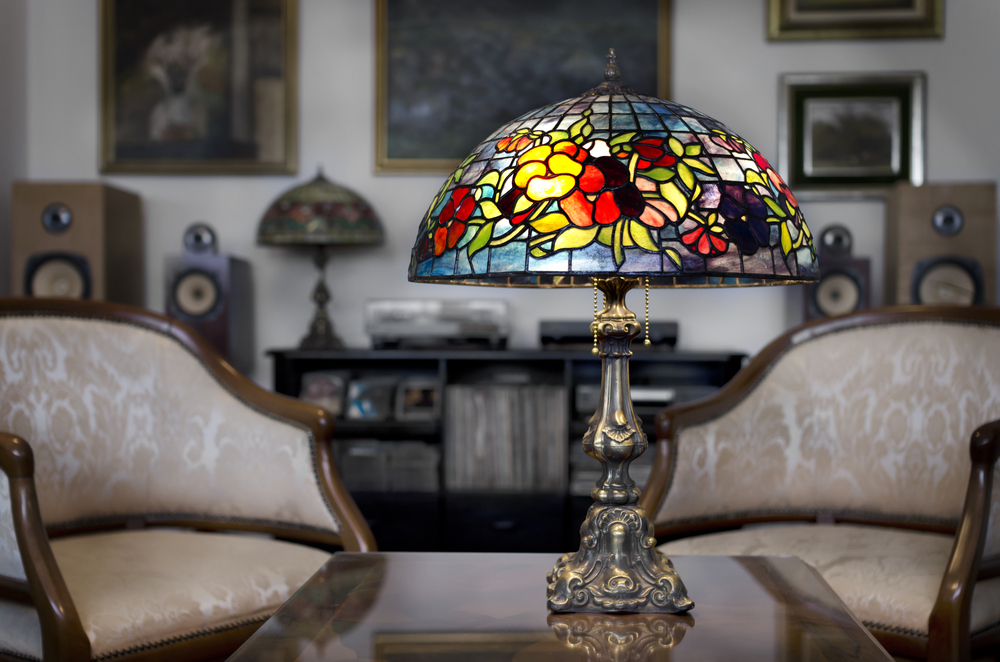
Tempered Glass
Four times as strong as regular glass, tempered glass has a superior ability to absorb impact and shatters into small pieces with rounded edges. It is manufactured through a heat treatment process that keeps the core of the glass in tension and the outer surfaces in compression. Shower and tub enclosures are usually made of tempered glass.

Frosted Glass
Clear glass is chemically sandblasted to create slightly opaque or translucent patterns on the surface that help in maintaining privacy. The frosted surface prevents dust from sticking to it, and is easy to maintain. Frosted glass is used in external windows of bathrooms or in areas where some amount of privacy is required, while still allowing the light to come through.
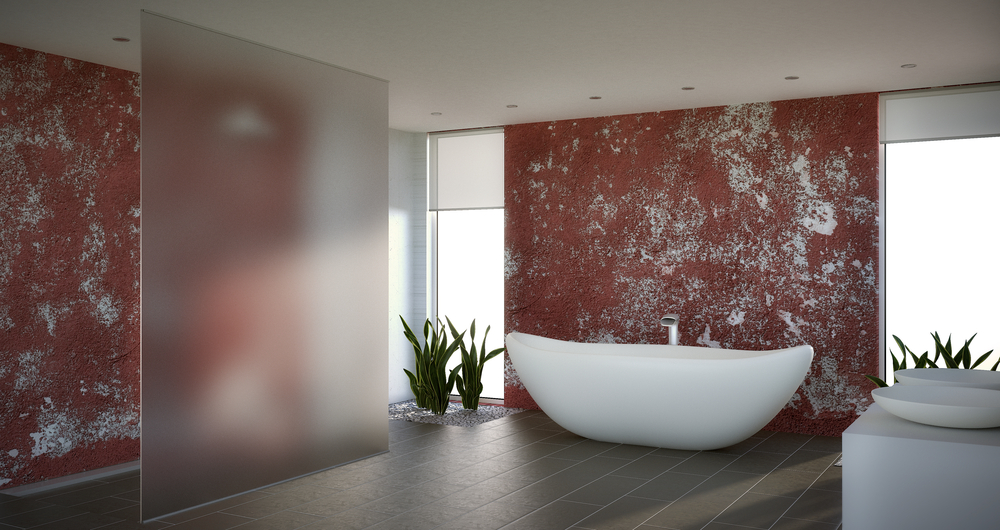
Stickered Glass
Peel-off stickers and glass film are available that can quickly add patterns and designs to the surface of glass. These stickers are easy to affix and equally easy to remove, and are available in a wide variety of patterns and colours.
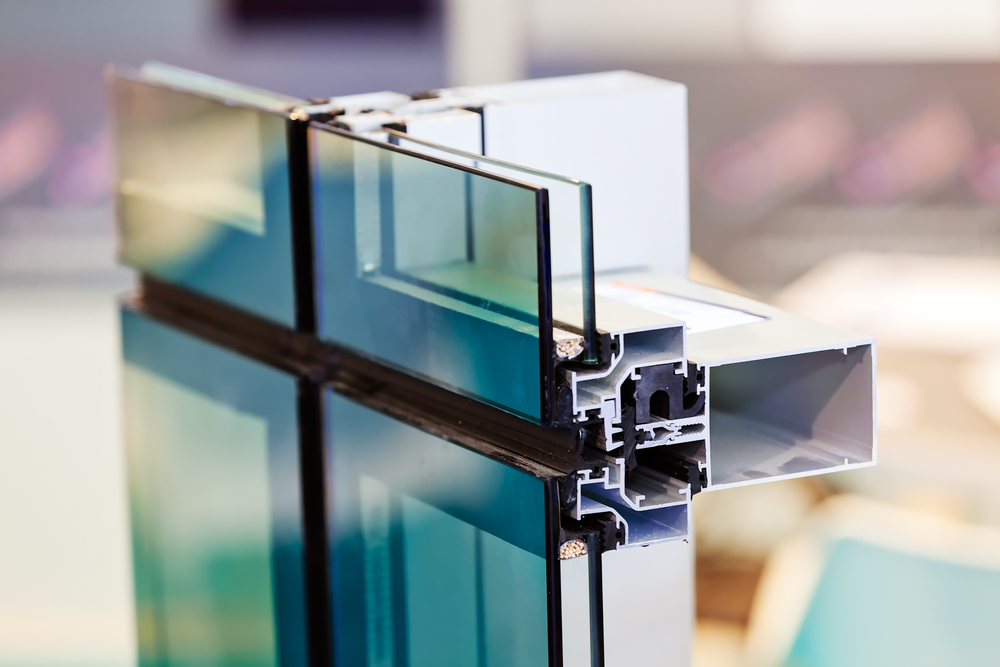
Insulated Glass
Insulated glass consists of two layers of glass sandwiched together and separated by sealed dry air which acts as an insulating layer. Commonly used in very cold regions where heat needs to be retained in winter, it also keeps away extreme infrared heat during summers.
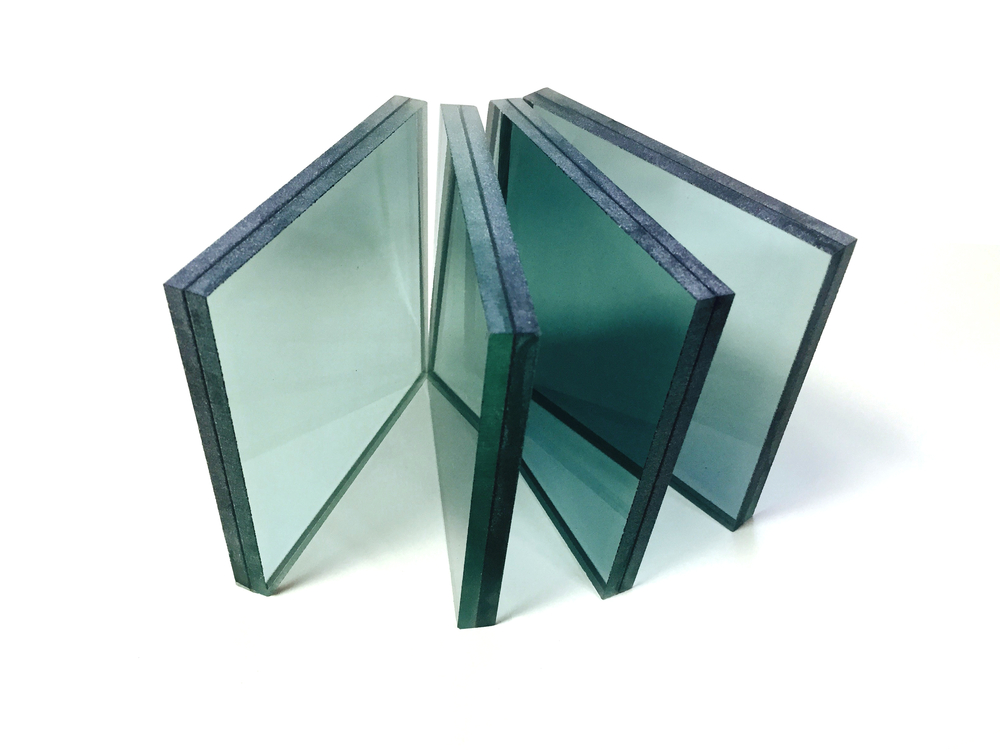
Laminated Glass
Laminated glass, also known as bulletproof glass, is made by bonding together two sheets of glass. It is used for extra protection against burglars and can withstand even explosives. This glass is very expensive and is used in areas where high levels of protection are required.
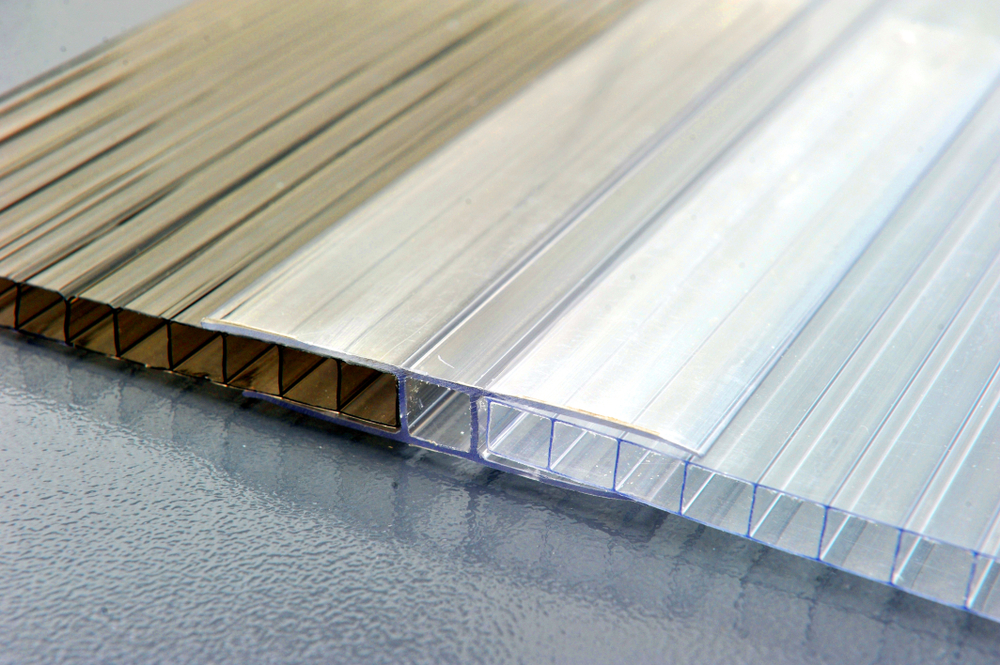
What are Some Alternatives to Window Glass?
Glass is the most popular choice for windows, and has been the default material option for hundreds of years.
Acrylic and polycarbonate are some modern alternatives to window glass; however, they can be scratched and do not have quite the same clear appearance as glass.
Polycarbonate sheets have the advantage of being easily manufactured in almost any length, with 24 to 36 feet lengths being the standard. They are lightweight and even large sheets can be easily handled. Polycarbonate is an astonishing 200 times as strong as glass and is virtually unbreakable.
https://www.shutterstock.com/image-photo/sheet-polycarbonate-1063605449
The main disadvantage of plastic-based materials, however, is that they will get degraded by the UV rays of the sun, so will change colour and slowly become brittle over decades. They also do not offer the crystal clear transparency of float glass.
We hope you’ve been able to get a basic idea about the types of glass available, so that you can narrow down your options and make the perfect choice for your home. Do connect with the HomeLane designers for any support you may need—we’re here to help you get the perfect home of your dreams!



